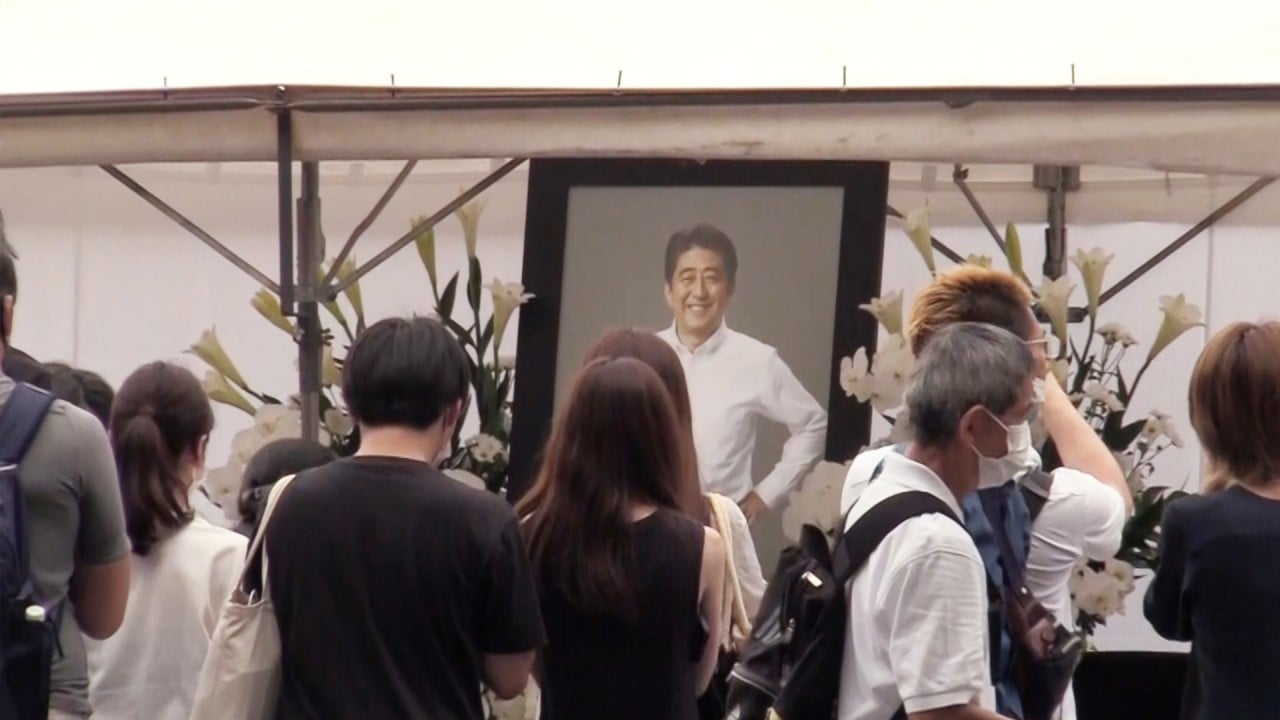
A year after Shinzo Abe’s death, Japan still grappling with how to protect politicians amid ‘lone wolf’ attack fears
- Police have made significant changes to the ways they handle politicians’ security after the ex-prime minister was gunned down on July 8 last year
- But experts say the measures may not be enough to foolproof leaders’ safety as loner assailants lurk at a time Japan prepares for a potential snap general election
Abe’s death sparked a review of politicians’ security, but the search for a way to ensure their safety has taken on added urgency amid signs of Kishida eyeing a snap general election late this year or in early 2024.
In Japan, concerns rise over ‘too powerful police’ after post-Abe security reforms
“Basically, it is very difficult to protect politicians,” said Shinichi Ishizuka, director of the criminology research centre at Kyoto’s Ryukoku University.
“Japan is a politically open nation and politicians have always felt the need to move around freely and to meet the voters, especially in their own constituencies and at election times,” he said. “But that is changing now, I fear.”
In the decades immediately after the war, police had to contend with political violence from communist outfits, often linked to labour unions, and nationalist and yakuza groups, Ishizuka said.
In October 1960, the assassination of Inejiro Asanuma, chairman of the Socialist Party of Japan, during a televised debate in Tokyo shocked the nation.
Otoya Yamaguchi, a 17-year-old ultranationalist, stabbed Asanuma with a short sword. He committed suicide while awaiting trial.

Political violence in the 1960s and 1970s was dominated by far-left groups such as the Japanese Red Army, which massacred 26 people at Tel Aviv’s Lod Airport, and the Chukaku-ha (Middle Core Faction) that had broken with the Japan Communist Party because it was not sufficiently revolutionary.
Yet Ishizuka noted that the police and security agencies were largely able to shield politicians and business leaders as they were able to monitor their movements and communications, as well as receiving regular leaks of intelligence from informants within such large groups. That has now changed, he said, with the emergence of “lone wolf” assailants.
“In both the Abe and Kishida incidents, the attacker had no criminal record and had not been a person of interests to the police before,” he said. “They were not members of a group with a political aim, but were loners who held a grievance.
“That made it very difficult for the police to know about them in advance and to monitor their movements on the days of the attacks,” he added.
Will Japan PM call snap election amid G7 success, improved South Korea ties?
The NPA also expanded its Cyber Patrol unit, which was originally set up to monitor illegal online drug transactions and child pornography.
Other recommendations included giving speeches indoors and keeping a distance of at least 20m from the public, although neither of these suggestions were being followed when Kishida was attacked.
However, onlookers were screened through a metal detector and had their luggage inspected when the prime minister appeared at the same venue a week after the assault. Police dogs were also on hand and he did not linger to shake hands after his speech.
But there are concerns that enhanced measures will still not be adequate enough to fend off a determined “lone wolf” attacker, prompting the NPA to step up its act.
The agency will in August begin testing a pilot scheme to gather information on individuals who come to the attention of local forces or have a track record of political protests and share that data with a central investigative headquarters.
“I get the sense that politics is becoming an increasingly dangerous career and it surprised me that both the men who attacked Abe and Kishida were young loners,” said Hiromi Murakami, a professor of politics at the Tokyo campus of Temple University.
“Clearly they both harboured a sense of frustration with the nation’s leaders but it’s worrying to think that the police knew nothing about their grievances and the threats they posed until it was too late,” she said.


